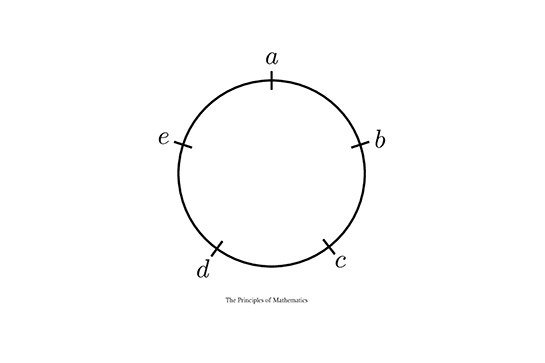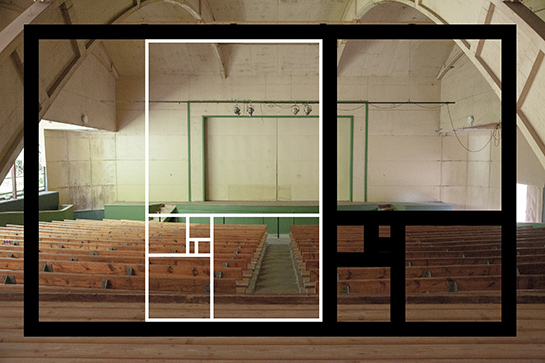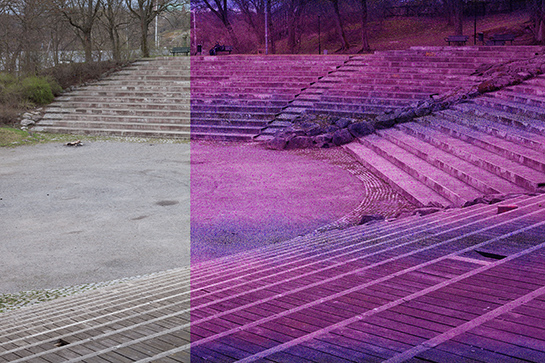
Arbete under process...
Most of the time the outdoor theaters lay empty, deeply asleep.
Observing. Reenacting quietly.
(Observations - Euclidean space, Kärrgruvan Golden Ratio, Hedemora folkpark, Deep Neural Network, Stora Skuggan, Sierpinski triangle, rule 90’, Rålambshovparken)
In the ancient Greek the writing of Plato’s Republic, he describes in dialog between Socrates and Glaucon about a cave where people were sitting, tied to their feet and head behind a wall, watching the shadows from a staged reality. The scene in front of them where shadows of different objects and material passing by, accorded to the voices from them who were carrying things that represented the world. What would happen if one of them who was tied where brought out to see the sun and the reality, and then walked back to the others and continue to guess what the shadows represented.
Who would believe him, Socrates asked?
The aim, from what I understand is to confront the concept of learning and for the society to understand the need to have people who have access to questioning our believes, and to understand life and ideas on a higher level. For me this archetypical cave story, has for a long time been understood as perfect piece of art, even though Plato was not the guy who appreciate art that much, he thought art was a poor copy of the eternal original. If art, according Plato just imitates physical things as the form, art is a copy of a copy that leads us far from truth and towards illusions.
I have for a long time within my artistic practice try to grasp the implication and the conception of how we use visions and illusions to understand our world and society. As in Athens at that time, we still struggle with our perception of what is real or not. Today it’s rather the state or people with great economical power that conjures the visions for how societies should be developed and experienced. The impact on the society are no longer carried out by philosophers, today the ideas are created from others needs and interest, names like Google, Amazon, Wechat and others who have a different kind of vision waiting for us. But still as in the cave, they need the ones, they need the people who can keep a lie and pretend, the ones who continue to carry the things that represent the world.


Interesting is the impact the mathematics have hade over time and on how it continues to be the main force to develop societies and define our conceptions. Plato retrieved some of his mathematical principles from how the Pythagorean explained the universe mathematically. Aristotle developed the ideas into a more logical and explanatory way. From there, hundreds and hundreds of thoughts on how the world are consisted have then been articulated through history. Many of them with mathematical principles in the bottom. Alchemistry and different kinds of mysticism where for a long-time part of the knowledge production until Descartes and later Russel made the rational and logical ideas to dominate.
We are just about to enter a new age of knowledge where algorithms and mathematical principles deeply will influence our life’s. We call it artificial intelligence. But this time the role of philosophy and religion are blurred out, not even Descartes duality exist any longer. To perceive our self’s as humans we need to act like humans. We need to redraw rational efficiency curve, count the numbers and equations differently, take a deep breath and listen to what mother earth has to say.
It’s time for us to untie more than one from the cave. And for the ones who carry the thing that represent our world, they need to tell a different story.


The Scene a Play. For people
I’m a grandchild to several generation of self-employed survivors. They survived from poverty by circulating and renewing what they had or made money by selling their handicraft. My parents though, became employed labors, they were the first one in their families to manage an education. By working and saving money, my father became a technical college engineer by studying at night school, and my mother an assistant nurse. And from there, growing up in the middle of the welfare, my life did not develop as predicted. What I thought was a totally different direction, to become an artist and not an employed worker building my house next to my parents. The idea of the artist was then something else, something free, important and needed.
By looking back at my own history, how my family and ancestors earned their living, how they related to class, the development of the society and religious norms. And how Sweden struggled to develop itself from a cold and poor agricultural society to a European “country of culture” in late 17th century by importing labor and craftsmen on the conditions that they converted to Lutheran belief. When industrialism started to develop in late18th century in Europe, and later implemented in the society, it was made with great influence from the Lutheran and Calvinist doctrines that affected work; work became a virtue.
In Sweden when the labor movement started to grow around 1850 and short after when the unions were established, and in 1928 when the concept “Folkhemmet” was introduced by Per Albin Hansson, the head of Social democracy party, the role of the labor started to change. To be a laborer at that time became a privilege and revered position, something the state and the government considered to be repaid in different ways. Working had benefits, it provided social welfare but gave also time for recreation, vacation and leisure such as hobbies. One things that was given to the people was the city parks and outdoor theaters. Holger Blom, the city gardener and architect was the guy in Stockholm who made this happen. Blom where was one of others who made outdoor theater to become a public concern. Free recreation and education for the working class was made possible. From the 1930s until the end of the 70s many new outdoor and public parks for music and theaters were built in Stockholm and all over Sweden.
To name a few I have documented; Rålambshovsparken, Vitabergsparken, Hägestensåsen, Stora skuggan but also places like Hedermora Folkpark, Kärrgruvans folkpark, Västerås, Borlänge and so on. In Rome Serpetone Corivale and Colluseum, in Paris Arènes de Lutèce, in Athen… Today these scenes are sleeping most of the time, except of a few visiting theaters during summer. In the city, theaters in the parks have attracted a new type of audience. During night teenagers’ light fires, drink and smoke and during daytime the nonworking people take their nap and energy tap. In the small cities, out on the countryside in the Folkparkerna there is not much at all, except for once a week announcement “democracy dance” on a small poster.